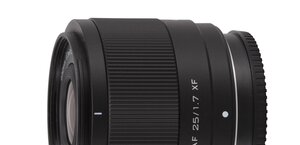Olympus M.Zuiko Digital ED 30 mm f/3.5 Macro
3. Build quality
In the photo below the tested lens is positioned between the Sigma C 30 mm f/1.4 DC DN, and the Olympus M.Zuiko 45 mm f/1.8.
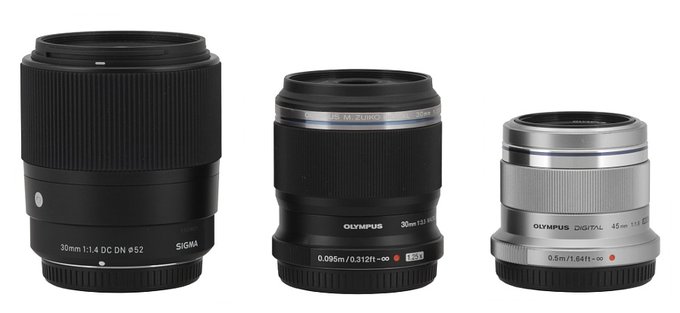 |
Please Support UsIf you enjoy our reviews and articles, and you want us to continue our work please, support our website by donating through PayPal. The funds are going to be used for paying our editorial team, renting servers, and equipping our testing studio; only that way we will be able to continue providing you interesting content for free. |
- - - - - - - - - - - - - - - - - - - - - - - - - - - - - - - - - - - - - - - - - - - - - - - -
The Olympus M.Zuiko 30 mm f/3.5 Macro starts with a metal mount. It surrounds contacts and a rear element, less than 24 mm, which doesn’t move. The element is hidden inside the casing almost 0.5 cm deep and area next to it is nicely blackened and ribbed. A black ring with embedded contacts also features an inscription “MADE IN VIETNAM”. It seems the Olympus primes series is produced in different locations: apart from Vietnam we’ve also seen Japan and China.
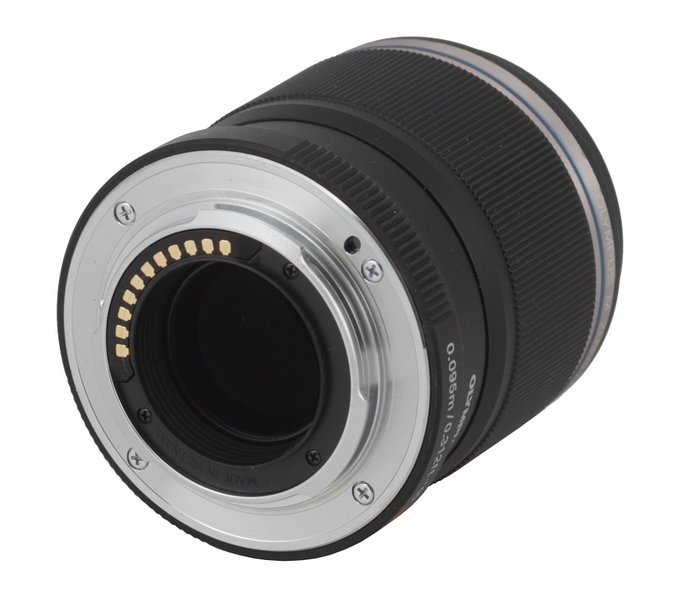 |
Moving to the proper body of the lens you find a wider ring, made of plastics. It has ribs on its left and right side which are supposed to ensure you a firmer grip and problem-free attachment to a camera. The ring doesn’t move and it features information concerning the focusing range (0.095m/0.312ft–∞), the serial number of the lens and the Micro 4/3 mark. On another narrow, smooth ring you see the name and the parameters of the lens.
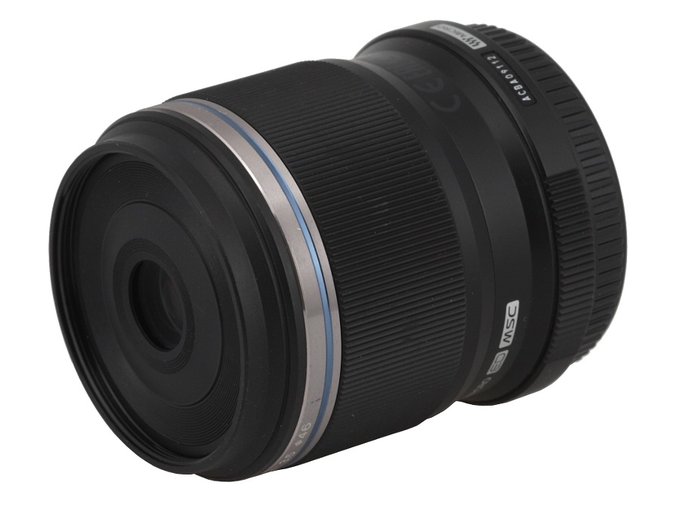 |
Further on there is a manual focus ring, as wide as 28 mm, which moves smoothly and is properly damped. The ring’s work is based on servomechanisms only so, contrary to some Olympus lenses, you can’t move it up and down in order to reveal a distance and DOF scale and change the focusing mode into manual. The working range of the ring depends on the speed of your turning.
The next narrow ring has a blue strip made of metal with the name and parameters of the lens. The lens lacks a hood mount but you can buy a POSR- EP11 shading ring and screw it into the filter thread.
The front element of the tested lens is just 13 mm in diameter and is surrounded by a non-rotating filter thread, 46 mm in diameter.
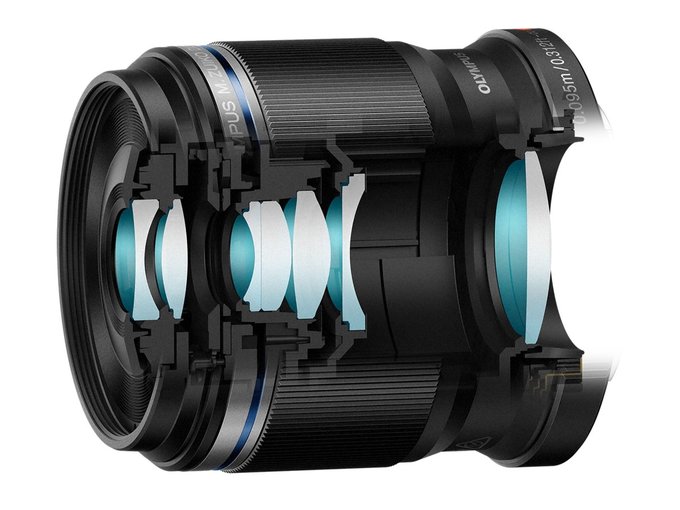 |
When it comes to the optical construction you deal here with 7 elements positioned in 6 groups. One of the elements is aspherical, another one is aspherical and made of low dispersion glass at the same time (EDA – Extra-low Dispersion Aspherical) and another one is “doubly aspherical” (DSA – Dual Super Aspherical). Between the elements you can find a round aperture with seven blades which can be closed down to f/22 at the maximum.
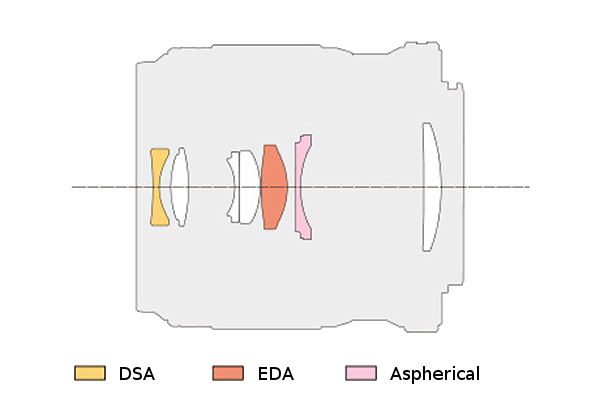 |
Buyers get only two caps in the box.
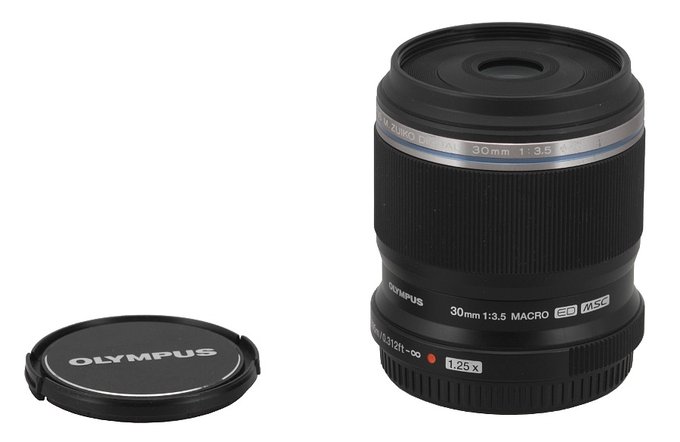 |






